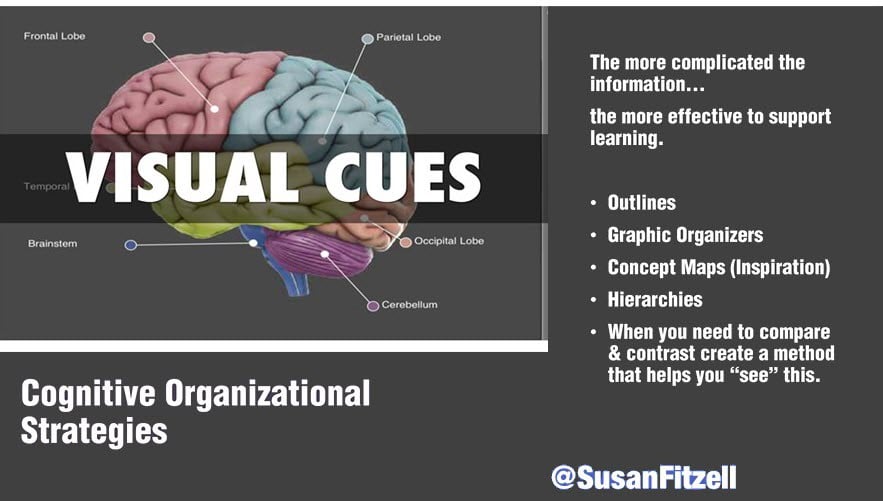
Do you have difficulty remembering information? Most people do. Here are 12 sure-fire ways to improve memory.
1. Use visual clues.

2. Create visual images to represent key concepts being taught by using simple clip art, line drawings or symbols. Whenever the concept is presented, present the visual symbol also. Draw the visual symbols in your notes, or use a one-page handout of drawings representing concepts. Cut and paste in your notes or on study cards.
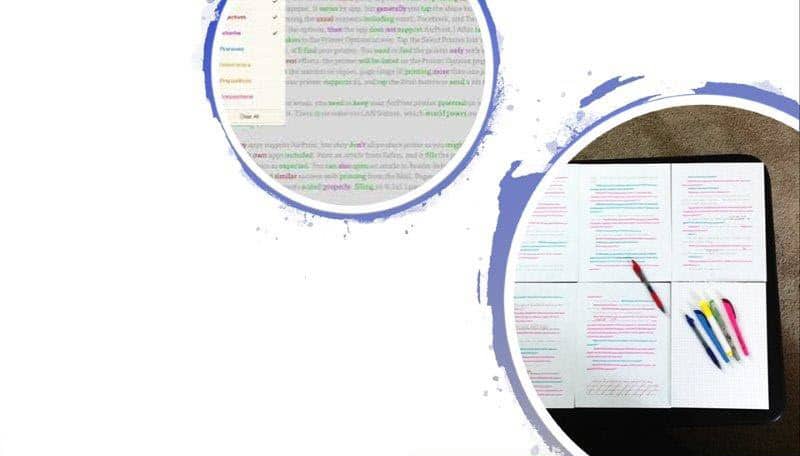
3. Color code notes. When taking notes, connect a color with specific chapters/units being studied.
When I train teachers, I recommend that they use this method. For example, an eighth-grade teacher presents the French and Indian War in green overhead marker. The next unit of the class may be presented in blue, and the next in brown.
Likewise, if you are preparing a presentation for work and need to remember each section, you can color-code each section of the presentation. (You can even carry this concept into the presentation slides themselves, which will elp your audience remember them, too!)
Just be cautious with some color combinations: Avoid using red and green back-to-back, or blue and purple back to back, because if you have color deficiencies you may not see a difference between the colors.

4. Create (and sing) silly ditties out of connected information such as historical events, a literary sequence of events, science system parts and function or sports rules.
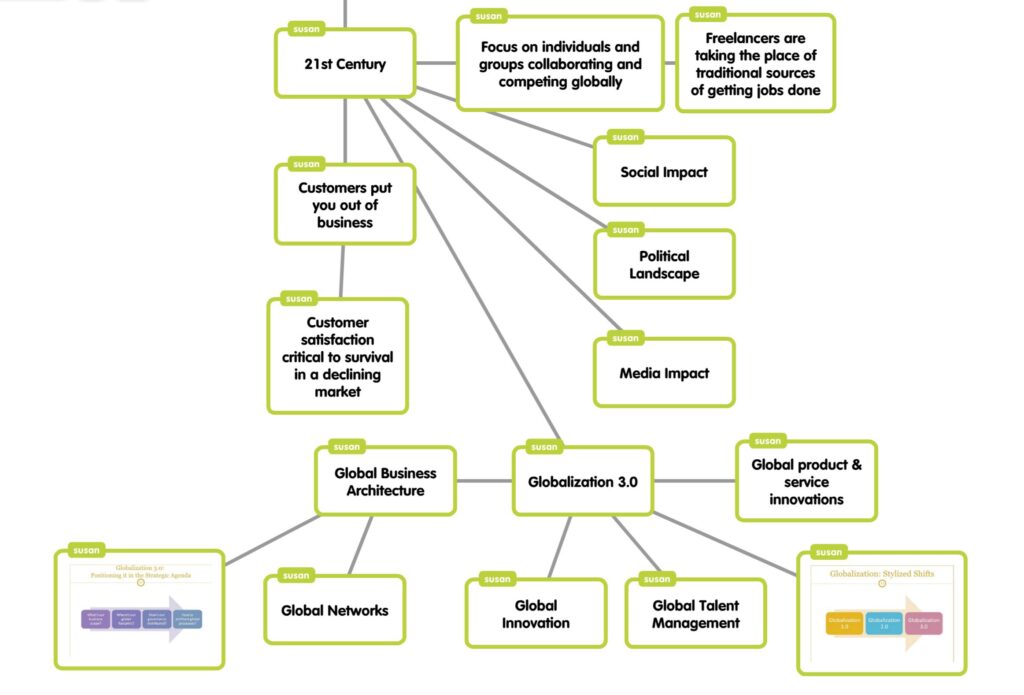
5. Read a book with a blank piece of paper next to you. As you read, mind map the storyline, characters, and details.
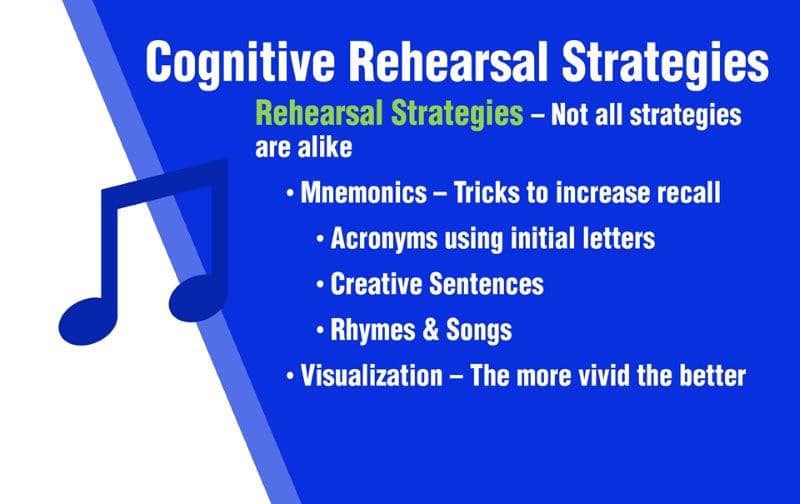
6. Create mnemonics to remember lists. There are four main types of mnemonic methods: imagery and visualization, acronyms and acrostics, rhyming, and chunking. Here’s a great breakdown of each type.
For studying new information, I recommend the rhyming method: Create a little rhyme or song to remember the key points of a concept that you’re studying. At the beginning of each study session, quickly review the mnemonic rhymes you created, reciting them aloud. I personally like setting the rhymes to a rap beat.
7. Practice presenting with emotion. Put on your “drama” hat and use an animated expression, modulated voice body language, and hand gestures to bring the concept alive. Take video of your practice presentation with your phone and review it. Does it get the concept across clearly? Are you a little overwrought in some spots? Adjust and practice again. Even if you aren’t actually going to do a presentation to a real audience, this kind of practice helps you really understand and remember the concepts you’re trying to learn.
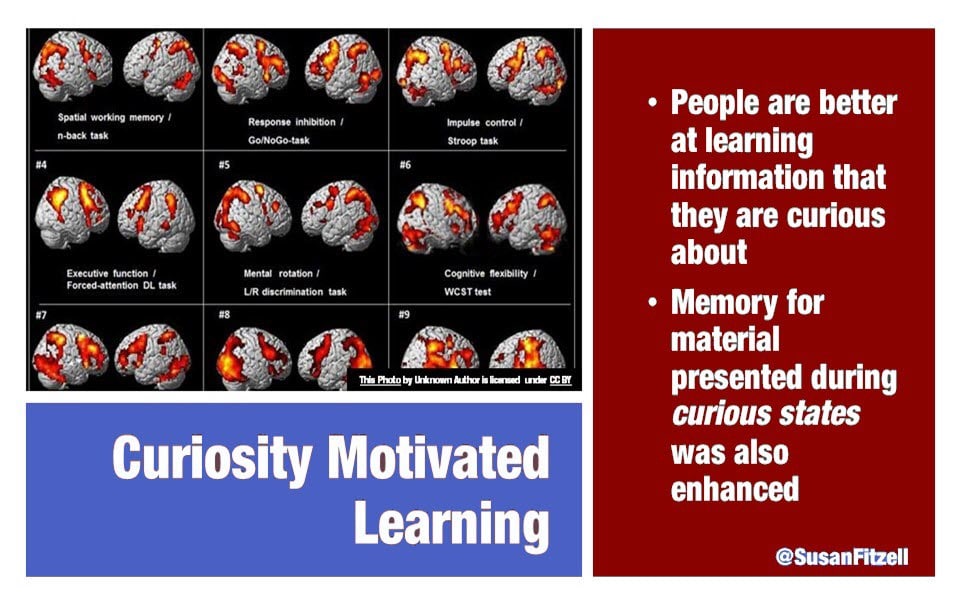
8. List three things you want to know about a topic. Review the topic, and then come up with connections to your own life. For example, “Have I ever experienced the feelings that Juliet describes?” “Do the problems that Romeo and Juliet faced exist today?”
9. Print key facts on index cards using colored markers. Use a different color for keywords/cues in the facts. Write a question for the fact on the other side of the index card.
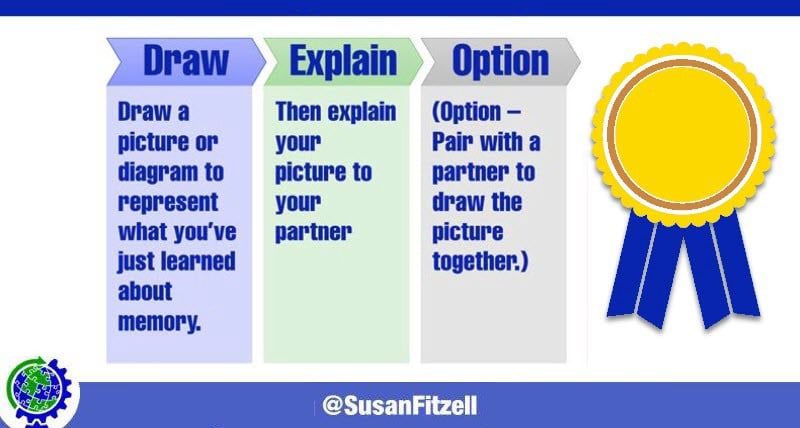
10. Work with a partner. The brain is social. For one-third of your study session, pair with a partner and review using your study cards. Use a kitchen timer or the timer on your smartphone to signal the end of the review.
11. Create visual diagrams or flowcharts of the step-by-step process. This method is ideal for learning to use new software, machinery, or even specific fitness workouts like soccer or weightlifting. After you create the diagram or flowchart, make a second copy that has the images but no words. Use this second copy for review: Fill in the missing words.
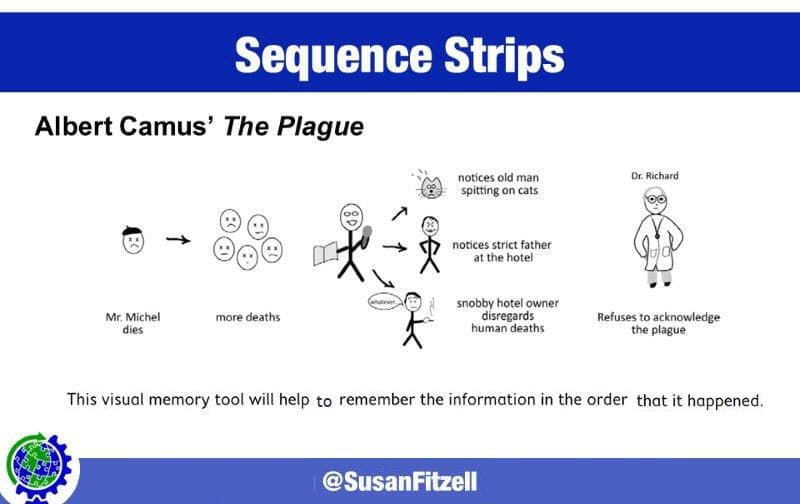
12. Create time sequence charts. Add titles for major points in the timeline. Then create a mnemonic to represent the titles in sequence. This works very well when you’re trying to understand why something happened when it did — whether a historical event, the development of a technology, or just how you spent your day. Time sequencing helps your mind develop a sense of scale and dimension around a concept. For example, if your question is “How did computers go from taking up an entire room to essentially fitting in our pockets?” you can find that information and create a timeline of supercomputer development.
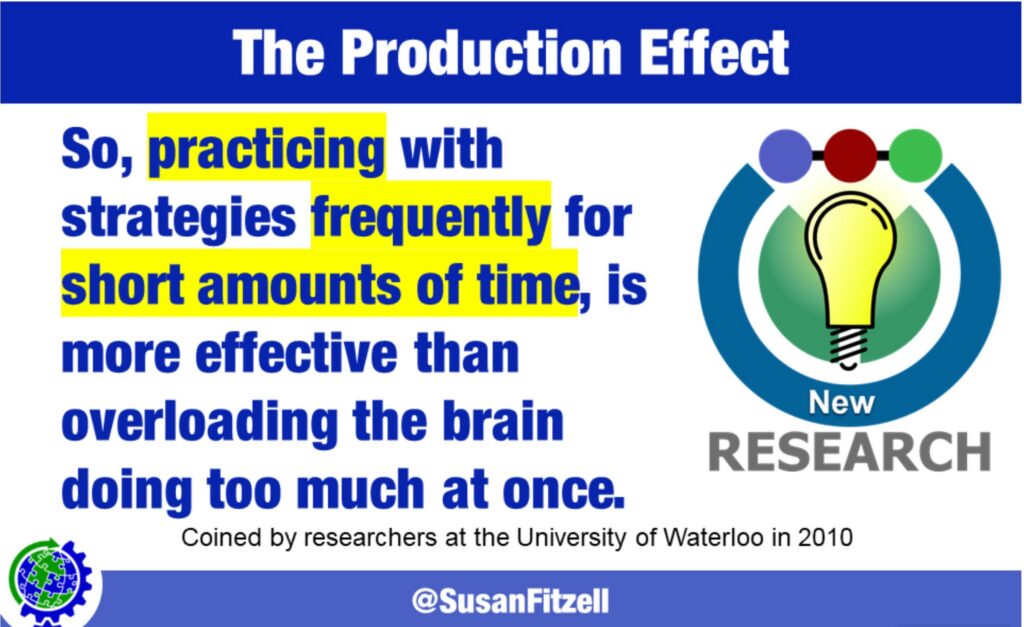
These memory methods are utilized by teachers at all grade levels — as a student, you may not have connected the way a teacher was presenting a topic with your ability to retain the information. But even something as simple as color-coding their notes helped imprint the concepts in your brain.
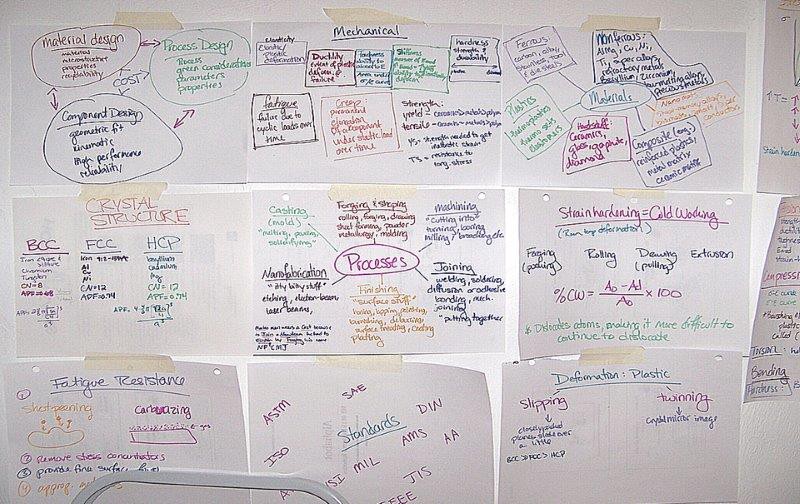
You can continue using those methods to develop your personal and career skills. From learning a new language to figuring out a new way to do something (and remembering that process), any or all of the above methods will help you recall concepts as soon as you need them.
Do you have a way of remembering things that works for you? Let me know in the Comments section.

